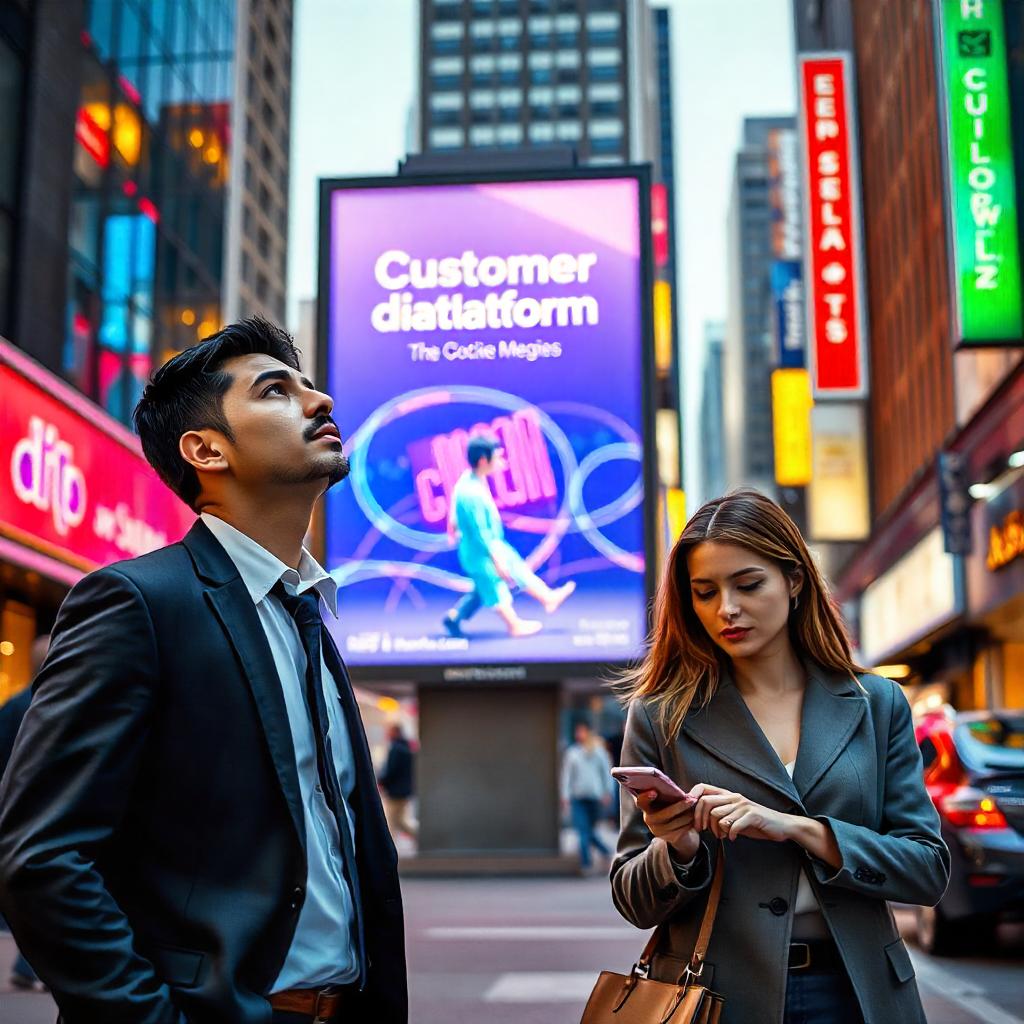How To Make Money On Upwork
Upwork is one of the largest freelancing platforms, offering opportunities for professionals in various fields such as writing, design, web development, customer service, marketing, and more. To succeed on Upwork and make money, it’s essential to stand out, secure clients, and consistently deliver high-quality work. Here’s a comprehensive guide to help you get started and make money on Upwork.
1. Create a Compelling Profile
Your Upwork profile is your digital resume and the first thing potential clients see. To make a strong first impression:
How to Earn Money Online – The Ultimate Guide to Financial Freedom!
- Choose a professional photo: Use a clear, friendly, and professional profile picture. A well-lit, close-up shot of you with a neutral background is ideal.
- Write an engaging title and overview: Your title should briefly describe what you do (e.g., “Experienced Graphic Designer” or “SEO Expert”). In the overview, highlight your skills, experience, and the value you bring to clients. Be specific about the services you offer and why clients should hire you.
- Showcase your skills: Upwork allows you to add specific skills related to your field. Make sure to list all relevant skills and any certifications that showcase your expertise.
- Use keywords: Include relevant keywords in your profile that potential clients are likely to search for. This can help you rank higher in search results and attract more attention.
2. Build a Strong Portfolio
Your portfolio is one of the best ways to showcase your expertise and attract clients. If you’re new to freelancing, you can start by creating samples or offering discounted rates in exchange for work that you can showcase.
- Add high-quality samples: Upload examples of your past work to demonstrate your abilities. Ensure the samples are varied and highlight different skills.
- Use client testimonials: If you have previous clients, ask for feedback or reviews. Positive reviews can significantly boost your credibility.
- Create a compelling portfolio description: Write descriptions for each portfolio piece, explaining your process and the value it added to the client’s project.
3. Search for Jobs and Submit Proposals
Finding the right job opportunities is crucial to earning on Upwork. To do this effectively:
- Browse job listings: Use Upwork’s search function to find projects that align with your skills. Filter results based on your expertise and preferred project types.
- Read job descriptions thoroughly: Ensure the job requirements align with your skills and experience. Tailor your proposals to each job, addressing the client’s specific needs.
- Craft personalized proposals: Your proposal should stand out. Avoid generic responses and demonstrate that you’ve carefully read the job description. Address the client by name if possible and explain how you can solve their problem or meet their needs.
- Set competitive rates: As a beginner, you may want to start with lower rates to build your reputation. Once you gain more reviews and experience, you can gradually increase your rates.
4. Build Relationships with Clients
Building long-term relationships with clients on Upwork is key to securing repeat business and generating steady income.
How to Earn Money Online – The Ultimate Guide to Financial Freedom!
- Communicate clearly and professionally: Maintain clear communication throughout the project. Respond promptly to messages and keep clients updated on your progress.
- Set realistic expectations: Be upfront about your timelines and the scope of the work you can provide. Overpromising and underdelivering can lead to dissatisfaction and bad reviews.
- Ask for feedback: After completing a project, politely ask the client for feedback and reviews. Positive reviews will help you build your reputation and attract more clients.
5. Deliver Quality Work On Time
Your reputation on Upwork depends on the quality and timeliness of your work. To ensure a successful freelance career:
- Meet deadlines: Always deliver your work by the agreed-upon deadlines. Late work can damage your reputation and result in negative reviews.
- Exceed client expectations: Go the extra mile by offering more than what’s asked for. This could include providing additional insights, offering a bonus service, or delivering extra revisions.
- Be responsive: If a client reaches out to you for updates or clarifications, respond quickly. Timely communication is crucial to building trust and a strong working relationship.
6. Set Your Rate and Optimize Your Earnings
Upwork allows freelancers to set their own rates. Your rate can significantly impact the type of clients you attract, so it’s important to find the right balance.
- Start with competitive rates: As a new freelancer, starting with lower rates can help you land your first few jobs and build up a strong profile with reviews.
- Increase your rates over time: As you gain experience and positive reviews, you can start increasing your rates to reflect your growing expertise.
- Offer tiered packages: Some freelancers on Upwork offer multiple service tiers (e.g., basic, standard, and premium packages) to cater to clients with different budgets.
7. Utilize Upwork’s Features
Upwork offers several features that can help you make money more efficiently.
How to Earn Money Online – The Ultimate Guide to Financial Freedom!
- Upwork Connects: Upwork uses a system of “Connects” that freelancers must use to submit proposals for jobs. You get a certain number of Connects each month, and you can purchase more if needed. Use them wisely by applying to jobs you’re most likely to get.
- Upwork’s Project Catalog: This feature allows you to create predefined services that clients can directly purchase, similar to selling products. It’s a great way to streamline the process and attract clients who need specific services.
- Upwork’s Job Success Score (JSS): Your Job Success Score is a measure of your performance on the platform. It’s important to maintain a high JSS by completing jobs on time, delivering quality work, and getting positive reviews.
8. Specialize in a Niche
While you can offer a wide range of services on Upwork, specializing in a specific niche can help you stand out and attract higher-paying clients.
- Identify a profitable niche: Focus on an area where you have expertise and there is demand. Whether it’s a specific industry or service (e.g., SEO for e-commerce websites, mobile app development, or copywriting for tech companies), positioning yourself as a specialist can make you more appealing to clients.
- Tailor your profile: Adjust your profile and portfolio to emphasize your niche. This will make it easier for clients in that niche to find you.
9. Leverage Upwork’s Learning Resources
Upwork offers a wealth of resources for freelancers, including online courses, webinars, and guides. Take advantage of these to improve your skills and stay updated on industry trends.
How to Earn Money Online – The Ultimate Guide to Financial Freedom!
- Learn new skills: Upwork has a learning platform that offers courses to help you expand your skillset, from technical courses to business management.
- Stay updated on Upwork policies: Keep up with any changes to Upwork’s policies, fees, and features to ensure you’re making the most of the platform.












